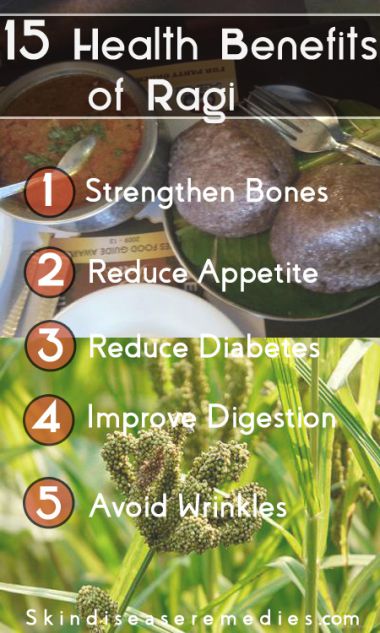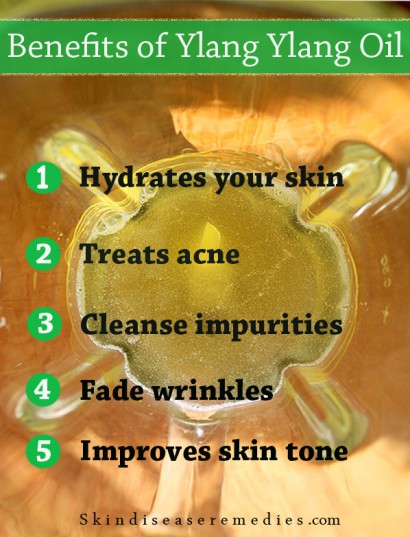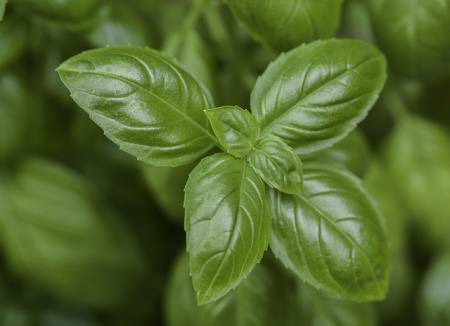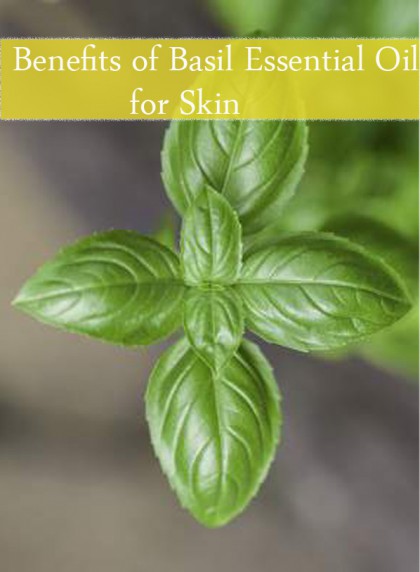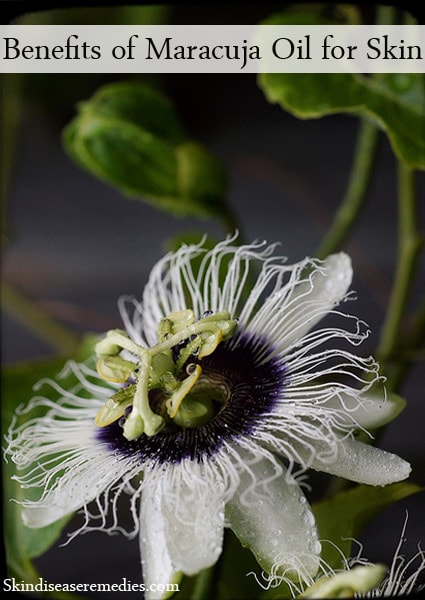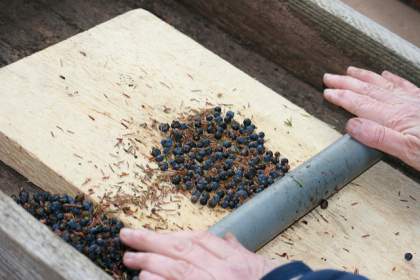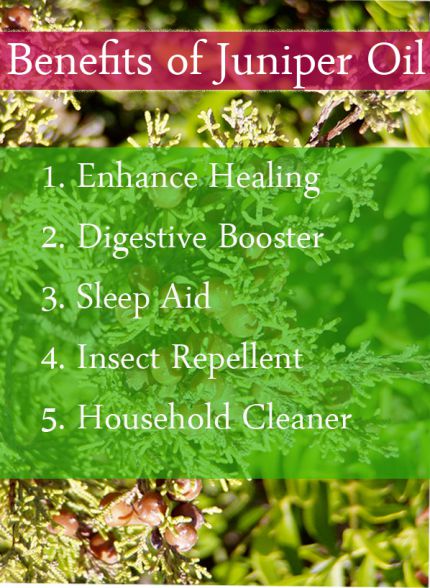
Whenever I think about natural beauty, herbal oils are the one that comes to my mind. In this article, you’ll read benefits of Helichrysum oil for skin.
Do you know about Helichrysum plant?
It belongs to sunflower family and includes 600 different species. However, Helichrysum italicum is the most prominent among them and is renowned for its healing benefits.
Through steam distillation process of flowers, Helichrysum essential oil is obtained. Unlike other essential oils, this oil is very expensive and last for a very long time.
Rich in taste and to some extent like honey. With its intense scent, this essential oil can be used to uplift your emotional blocks.
Also read: Benefits of Palm Oil for Skin
5 Amazing Benefits of Helichrysum Oil for Skin
Renowned nutrients like antimicrobial, anti-inflammatory, antiseptic, antiallergenic, antioxidant and emollient properties can efficiently benefit your skin.
Helichrysum essential oil isn’t confined to cosmetic benefits. Tribes in Africa used this plant to heal wounds, treat a cough, fever and they also burn its leaves for incense. (1)
#1 Helichrysum Essential Oil for Acne
According to researchers acne is triggered due to inflammation. P.acnes bacteria feed on the excess sebum and dead cells released to make the acne worse.
Studies show that Helichrysum oil is packed with anti-inflammatory, antimicrobial and antibiotic properties, which help to reduce acne inflammation.
How to Use: Wash the affected part and directly apply undiluted Helichrysum essential oil on acne blemishes and leave it to dry naturally.
#2 Soothe Sunburns and Protect Skin from Cancer
Sunburn or suntan happens due to harmful UV rays in sunlight. According to Jeffery M. Sobell, ultraviolet radiation damage skin molecules and result in redness, swelling, and pain. (2)
Healing benefits of Helichrysum essential oil can efficiently soothe these burns and block UV radiation from entering your skin.
Apart from this, UV rays may also lead to skin cancer. Fortunately, topical application of Helichrysum oil can block them and hydrate sunburns.
How to Use: Dilute Helichrysum essential oil with coconut oil and apply it to the affected part for healing.
#3 Reduce Age Spots and Discoloration
Diketones housed in this essential oil is able to reduce age spots and improve your skin complexion.
Excess exposure to chemical creams and UV rays may result in dark spots. Assorted nutrients in this essential oil can effectively reduce these spots.
As mentioned above, blend any base oil with this essential oil and apply it over prewashed skin.
#4 Helichrysum Oil for Wrinkles
Chemical creams, impurities and repeated exposure to sunlight strip natural look of your skin. Slowly skin loses its elasticity and wrinkles start appearing.
Antioxidant agents in Helichrysum essential oil can guard your skin and thwart free radicals that damage cell membrane.
It also fights against impurities and pollutants that you come across daily. As a result, your skin regains its lost look and wrinkles disappear slowly. (3)
How to Use: Wash your face with water to remove impurities and pat dry using a soft cloth. Now apply diluted Helichrysum oil and apply it over the face.
Patch test before applying it over the face
#5 Moisturizing Ability
Almost all essential oils are emollient in nature. Hydrating your skin is one of the most effective ways to combat ailments.
Dehydration damages your overall health.
According to Dr. Diana Howard, dry skin is different from dehydrated skin. An oily skin too becomes dehydrated.
Dehydration is a lack of moisture or water in Stratum Corneum, whereas, dry skin lack of oil over the skin.
Irritation, itching, scaly skin, fine lines, inflammation and severe redness are common signs of both disorders. (4)
You must internally and externally hydrate your skin to get rid of this problem.
Helichrysum oil helps to moisturize your skin from the outside, which is very important to get rid of itching and inflammation.
How to Use Helichrysum Oil for Skin?

There are different ways you can use this essential oil depending on your ailment.
For internal consumption, blend 1 drop of Helichrysum oil with 4 ounces of liquid.
To uplift your mood and release emotion block, mix 3 drops of Helichrysum essential oil is steam bath and inhale it.
Method: #1
Topical application is one of the best ways if you’re using it for cosmetic benefit.
Mix Helichrysum oil with coconut oil and apply it over prewashed face. You can replace coconut oil with olive oil.
Method: #2 Helichrysum oil and Cream
There are many beauty creams that include this essential oil. However, you can mix few drops of Helichrysum oil to your favorite cream or lotion before applying it to the skin.
Method: #3 Lavender, Helichrysum and Coconut Oil
All these ingredients are prominent for their healing and moisturizing benefit.
Anti-inflammatory ability of this oil can relieve from acne and allergic blisters.
- Mix 10 drops of lavender essential oil with 10 drops of Helichrysum essential oil.
- Also, add ½ cup of coconut oil to dilute the ingredients.
- After mixing thoroughly apply it over the skin.
Method: #4 Honey and Helichrysum Oil for Skin
The nutritional ability of raw honey can’t be ignored.
Take 1 tablespoon of coconut oil, 3 tablespoons of honey, 1 tablespoon of apple cider vinegar and 20 drops of Helichrysum essential oil.
Mix all ingredients and apply it to the skin.
Method: #5 Frankincense and Helichrysum Essential Oils
Take 10 drops of both Helichrysum and Frankincense oil. Add ¾ cup of coconut oil and 2 tbsp of shea butter to the solution.
Mix thoroughly and apply the mask over the face. Leave it dry naturally.
Internal Benefits of Helichrysum Oil
As mentioned apart from beauty benefits, this essential oil can be used to treat various other ailments.
For years Helichrysum essential oil is been used to treat respiratory problems and soothe coughing.
It can also benefit internal organs, nervous system, and liver.
Nutrients in this oil promote fasten healing of wounds, digestion, cure acidity, clear blood clots and relieve spasms.
Is it safe?
This oil is non-toxic and isn’t associated with any serious side-effects. However, if you’re sensitive towards ketones, then avoid this essential oil in all forms.
Internal consumption of this oil is also safe but you must dilute it before ingesting. (Please consult a physician before ingesting this oil.)
Did you ever use Helichrysum oil for skin? Share your views in comments.






